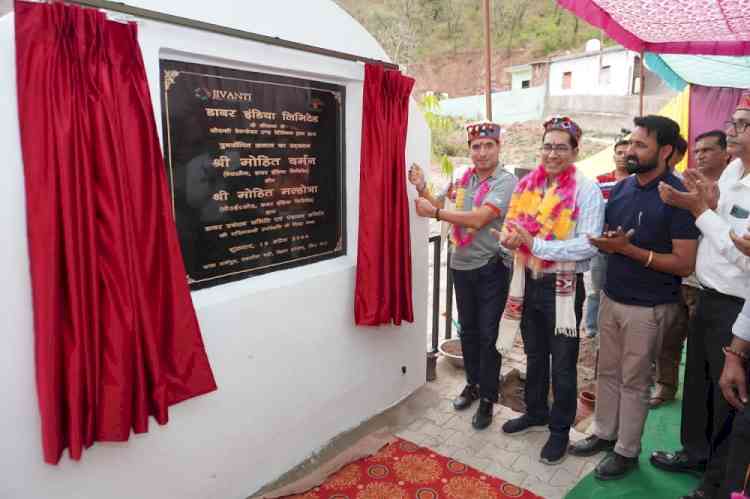Infrastructure Debt Fund Creates Conundrum between Investors and Existing Lenders - India Ratings
Author(s): City Air NewsChennai, September 12, 2014: Infrastructure debt funds (IDFs) intend to moderate banks’ over-exposure to the infrastructure sector and lessen their burden, India Ratings & Research (Ind-Ra) believes. While IDF gradually...

Chennai, September 12, 2014: Infrastructure debt funds (IDFs) intend to moderate banks’ over-exposure to the infrastructure sector and lessen their burden, India Ratings & Research (Ind-Ra) believes. While IDF gradually gains traction in refinancing infrastructure loans, some features deter the effectiveness in the process. The conundrum stems from the existing lenders’ preference for IDF mutual fund (MF) and investors’ choice for IDF non-banking financial company (NBFC). Ind-Ra believes certain structural adjustments, improved investor’s risk appetite and the availability of active secondary bond market could create an enabling environment for IDF.
The existing lenders prefer IDF MF due to their desire to retain operational projects that generate cash flow adequate for debt service rather than those under construction. Also, regulation restricts investments only in operational projects for IDF NBFC hence existing lenders’ preference is IDF MF. Conversely, generally low interest rate of IDF NBFC attracts project companies.
On entry, IDF NBFC demands super seniority rights on the termination payments. Lenders may not be willing to relinquish the seniority rights on termination payments after having endured the construction risks and delay risks. These risks are generally high in a project life cycle. Given IDF NBFC’s exposure ceilings (85% of the project debt) on investments, any concessionaire default would be fully protected by the termination payments, which is generally 90% of the original debt even in a concessionaire event of default.
IDF NBFC regulation stipulates fund capitalisation. Consequently, a few projects’ debt service default may not significantly impair investment returns. Investments were restricted to operational projects, resulting in a low portfolio risk. Whereas, IDF MF investments in under construction/diverse projects heighten the default risk and any risk is directly passed through. Thus Ind-Ra believes domestic and foreign pension funds would embrace IDF NBFC.
Unless the functions of availability of longer-term funds at lower costs and the effective transfer of risks take place simultaneously, the mission of IDFs would not be met. While other risks relating to default (in case of non-termination) are common between IDF NBFC and other senior lenders, the termination risks are not. In case of IDF NBFC, the effective transfer of risks is inhibited by creating super seniority in favour of IDF NBFC. Also, an active secondary bond is necessary to perform the ‘transfer-of-risks’ function effectively.
Based on the current market trends, the agency’s experience shows that the bond investors’ (for infrastructure assets) preference is vastly skewed in highly rated instruments (‘AA’ and above on the national scale). In Ind-Ra’s view, the mission of forming IDFs will be achieved only if an appetite is created for various risk categories across the sector. This is necessary to create a secondary-debt market for infrastructure assets.
-----------------------------
Readers may send their news/views/feedback to us:
[email protected]

 cityairnews
cityairnews 















